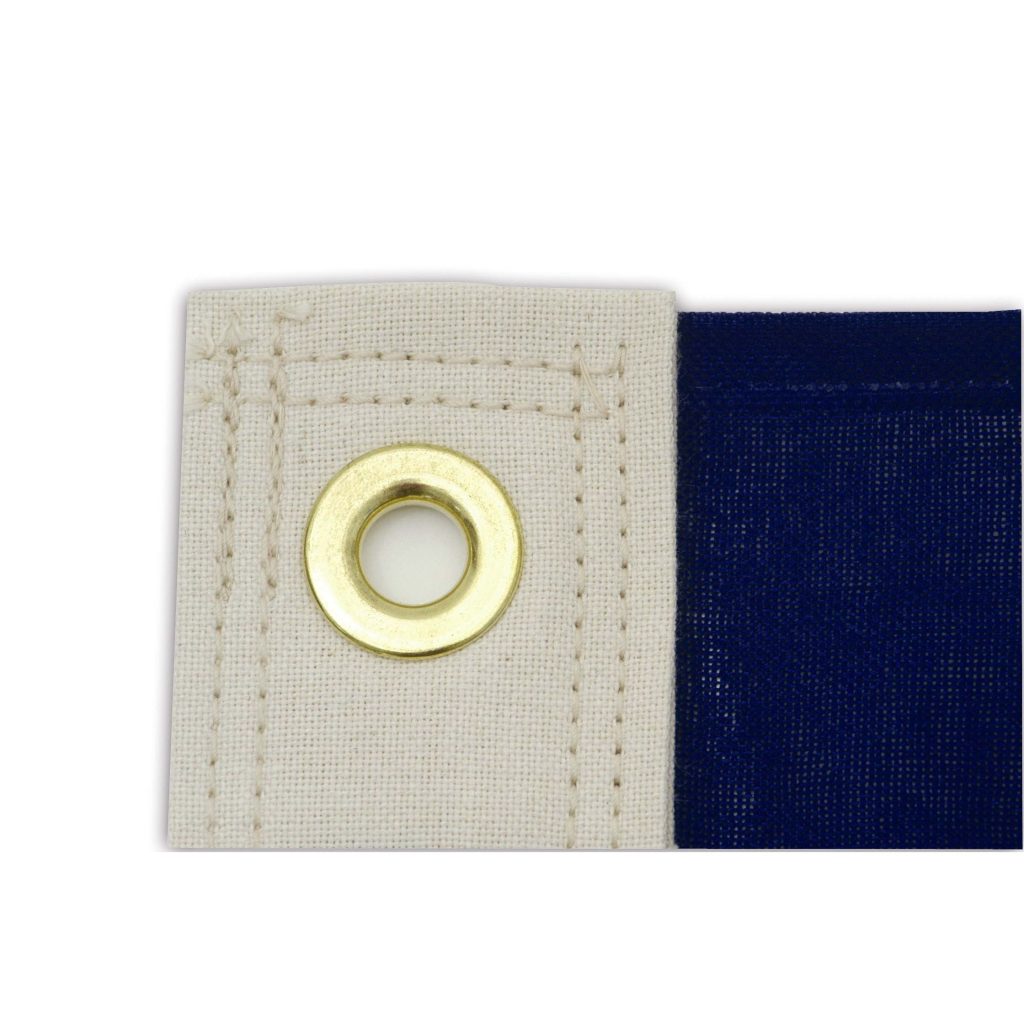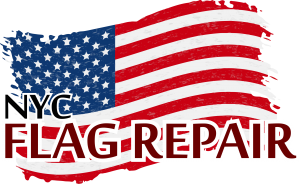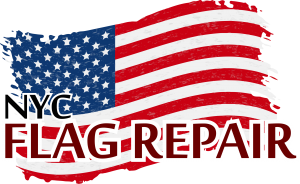About Our Flags
Table of Contents
Types of Flags
Begin by determining the type of flag you need:
- American Flags: Available in various materials including Nylon, PolyMax, and Cotton.
- Military, State, and Civilian Service Flags: Custom designs using the Aniline-Dye Process for complex emblems.
- International Flags: Choose from printed or sewn flags with brilliant, fast colors.
- Custom Flags: Contact us for custom flags tailored to your specific needs.
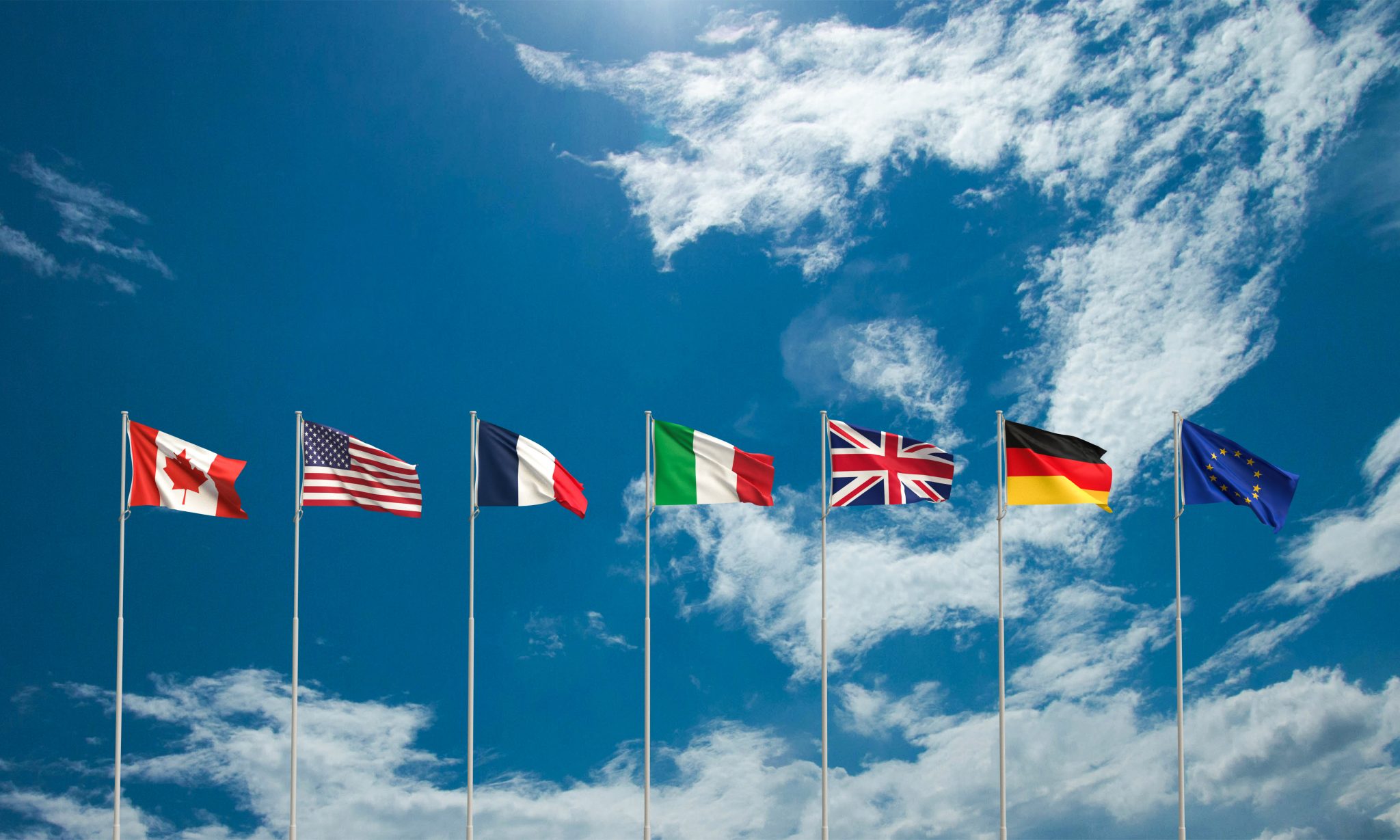
Flag Materials
Select the material best suited to your environment and intended use:
Nylon Flags
Made from SolarMax nylon, these flags are perfect for outdoor use, as they fly in the slightest breeze. The fabric is lightweight, durable, and UV-resistant, making it great for areas with moderate wind.
Best for: General outdoor use in lighter wind conditions.
Indoor Use: Nylon flags also have a smooth, lustrous finish ideal for ceremonial displays.
PolyMax Flags
PolyMax is a heavy-duty polyester blend fabric designed for harsh, windy environments. It requires more wind to fly than nylon but is incredibly strong and long-lasting.
Best for: High-wind areas or flags that are flown 24/7.
Cotton Flags
Traditional heavyweight cotton flags are made for indoor display or ceremonial purposes. Although durable, they are not recommended for prolonged outdoor use due to their susceptibility to weather conditions.
Best for: Indoor displays or military burial rites.
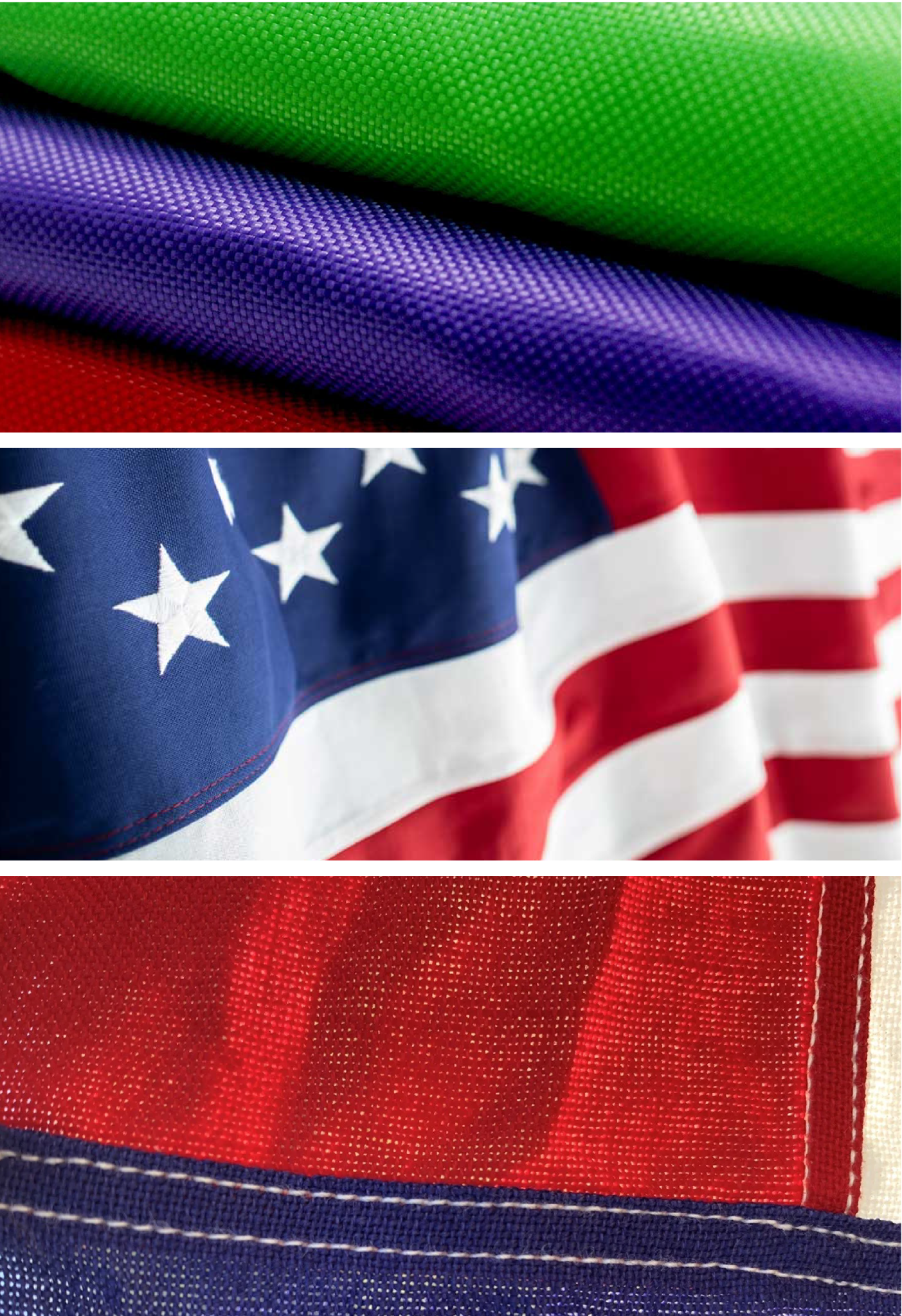
Recommended Flag Sizes for Your Flagpole
Once you’ve selected a material, choose the appropriate size for your flagpole’s height:
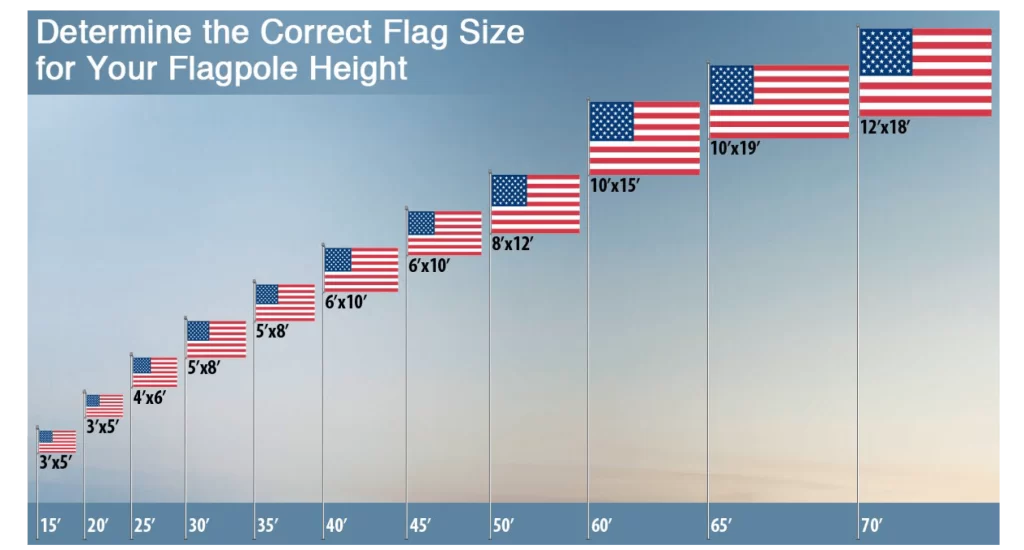
Flag Construction & Design
Understand the construction methods to determine the durability and aesthetics of your flag:
Sewn Flags:
Each stripe is sewn separately, and stars are either embroidered or appliqued, offering a high-quality, durable finish.Printed Flags:
Using a dye process, designs are printed onto the fabric. While the flag edges are sewn, individual stripes and emblems are not.Aniline-Dye Process:
This process is used for flags with complex emblems (Military, State, International). The dye penetrates the fabric, ensuring brilliant colors and exacting accuracy.
Flag Finishing Options
Additional features that improve functionality and longevity:
Pole Hem:
A hem on the left side allows for poles to pass through, typically used for parades or indoor flags.Fly End:
This is the side opposite the header and grommets that flaps in the wind. Flags feature different numbers of stitching rows depending on size, with larger flags having up to eight rows for extra durability.Solid Brass Grommets:
Used for fastening your flag to the flagpole, located in the header, a heavy-duty section designed for stability and strength.Metal Thimbles:
Included in flags 8′x12′ and larger, with nylon rope sewn into the header for added strength. Grommets are also placed along the header for additional security.
Durability and Care
Flags are exposed to constant wear from the elements. Follow these tips to prolong their lifespan:
Weather and Location:
Wind, rain, and sun exposure will affect how long your flag lasts. On average, a flag flown continuously should be replaced two to three times per year.Care Tips:
- Wash your flag in warm detergent water occasionally to remove pollutants.
- Ensure the flag is dry before storing to prevent mildew.
- Repair fraying at the first sign of wear to prevent further damage.
How Long Should a Flag Last?
There is no definite answer to this question, as a flag’s lifespan depends on its environment. However, with proper care and repair, you can extend the life of your flag. Regular washing, repairing frayed edges, and ensuring your flag has enough space to fly without obstruction are key practices.
Fly Ends & Grommets
For those interested in the specifics of how flags are finished:
Fly Ends:
Larger flags feature more stitching rows for durability. For instance:- 12″x18″ flags have two rows of stitching.
- 25′x40′ flags and larger have eight rows for extra strength.
Grommets and Headers:
All flags feature a durable cotton polyester blend header with heavy-duty grommets for secure attachment to flagpoles. Larger flags include thimbles and reinforced stitching to handle harsher weather conditions.
